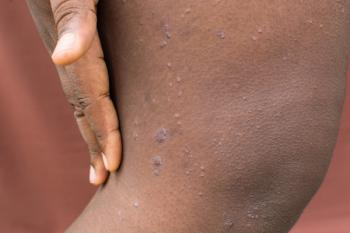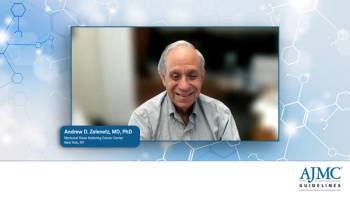
Key Takeaways from Phase 4 Switch Trial Presented at AAO
Richard Adler, MD, FACS, discusses the Switch trial which compared OTX-101 (cyclosporine ophthalmic solution 0.09%) vs cyclosporine ophthalmic emulsion 0.05% (Restasis) in patients with dry eye disease (DED).
Episodes in this series

This is a video synopsis/summary of a Post Conference Perspectives featuring Richard Adler, MD.
Adler discusses the results of a study evaluating the effects of switching patients with an incomplete response to Restasis (cyclosporine ophthalmic emulsion 0.05%) after at least 3 months to OTX-101 (cyclosporine ophthalmic solution 0.09%; Cequa). Patients had persistent signs and symptoms of dry eye disease despite using Restasis twice daily. The study had 124 patients who used Cequa twice daily for 12 weeks. The dual primary end points were changed from baseline in corneal staining and dry eye symptom severity at 12 weeks. Additional end points included central corneal staining, artificial tear use, and patient preference. At 4 weeks there were significant improvements seen in corneal staining and symptoms that were sustained through 12 weeks. Central corneal clearing and less reliance on artificial tears were also demonstrated. By the end, 69% of patients indicated they would have preferred to start treatment with Cequa. Based on ability to improve signs and symptoms in incomplete Restasis responders within 4 weeks, the study suggests there is compelling rationale to switch these patients to or even consider Cequa as first-line treatment for chronic dry eye disease.
Video synopsis is AI-generated and reviewed by AJMC® editorial staff.
Newsletter
Stay ahead of policy, cost, and value—subscribe to AJMC for expert insights at the intersection of clinical care and health economics.








































